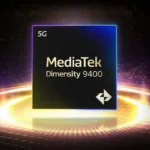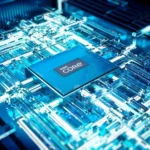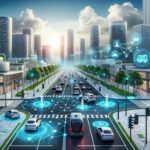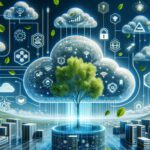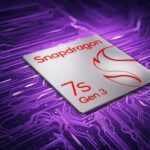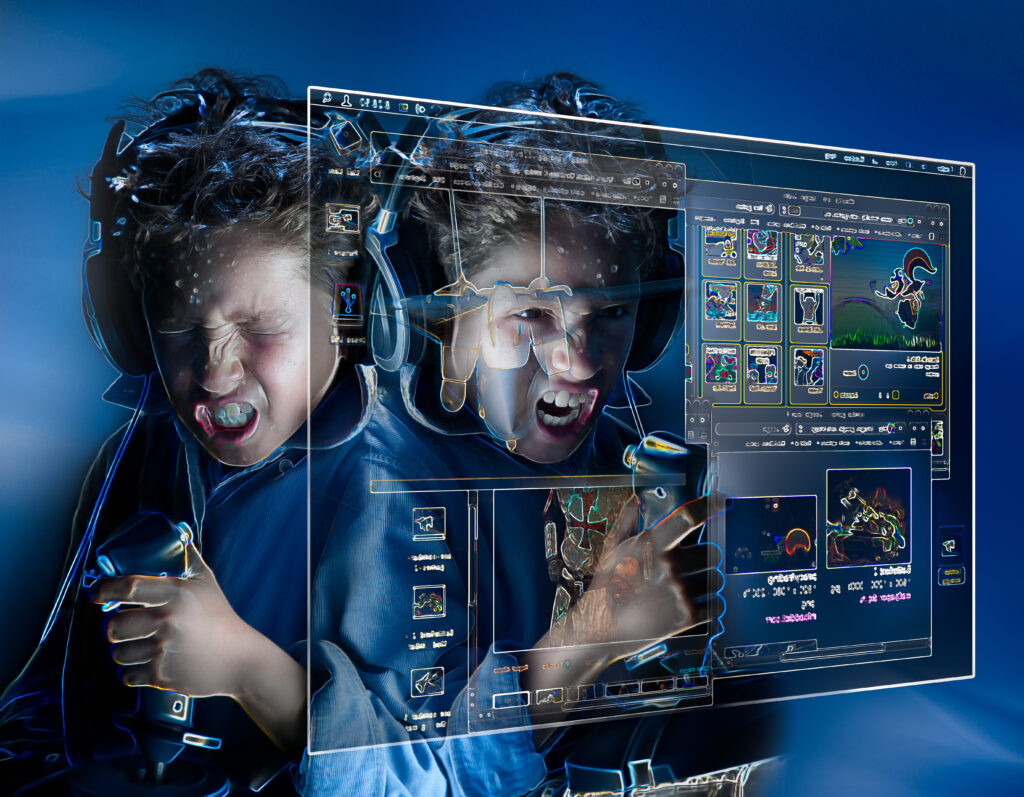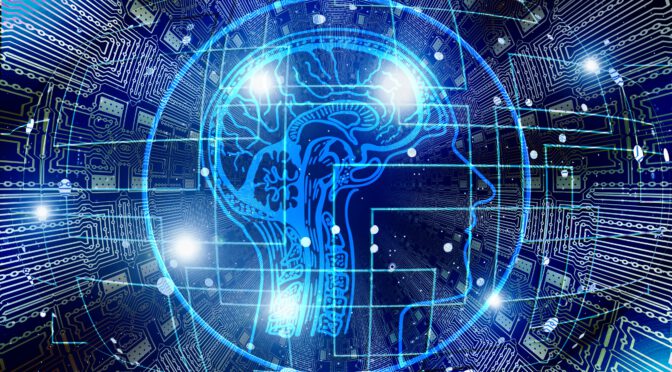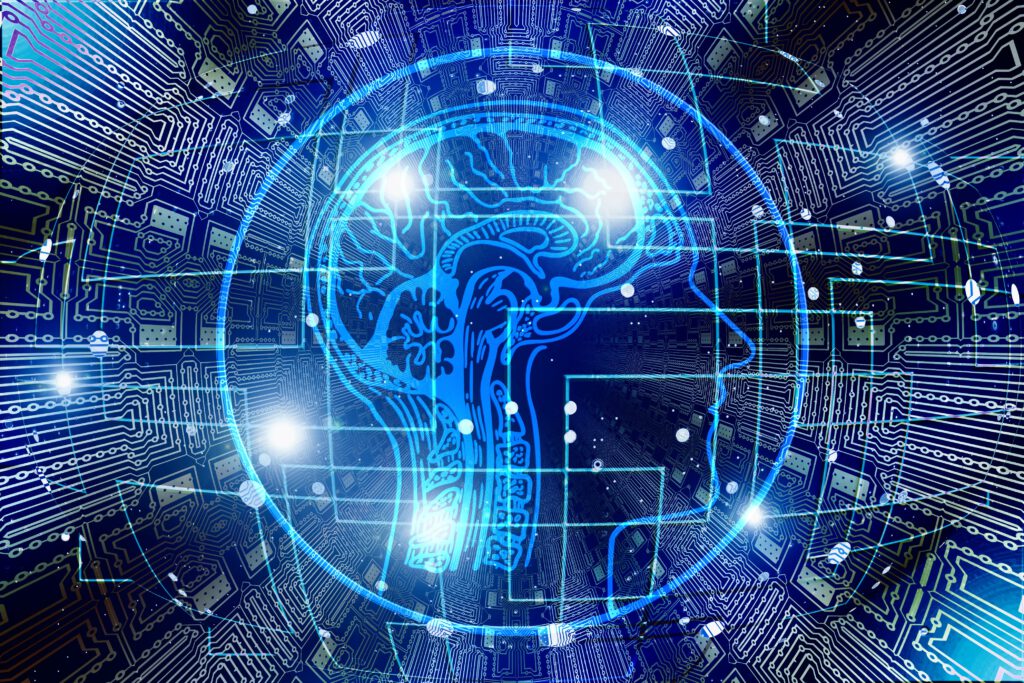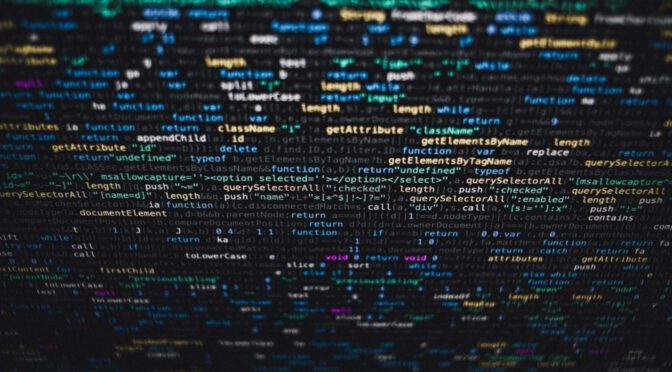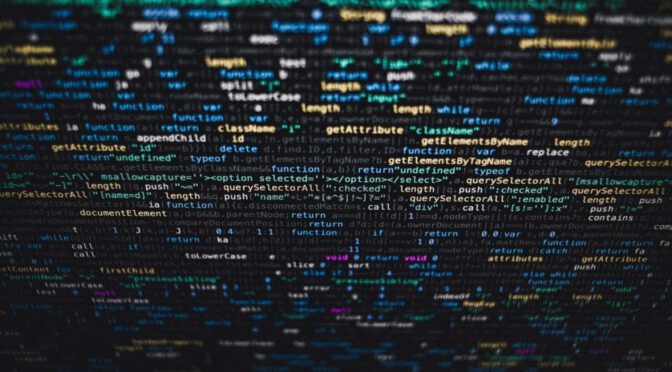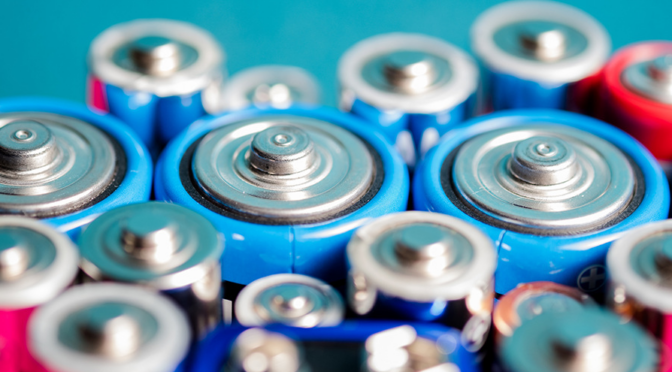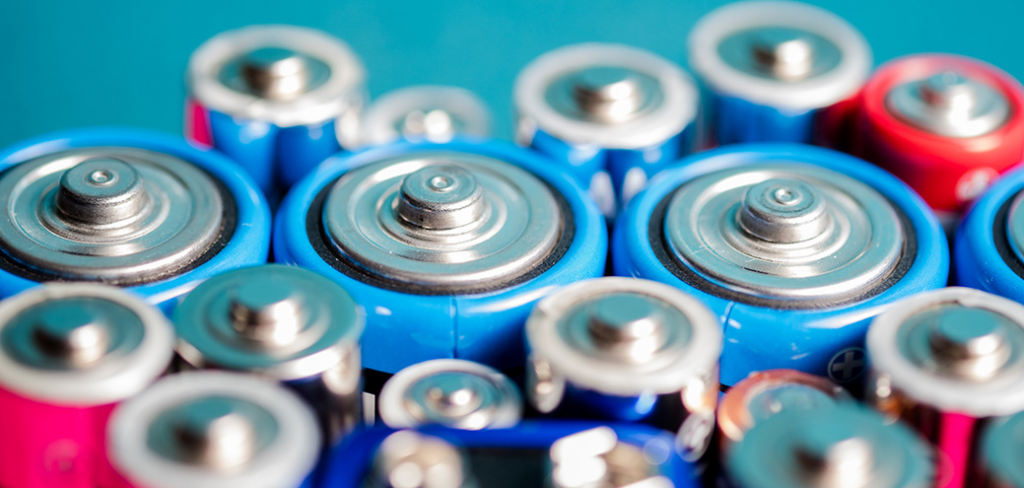Researchers have succeeded in X-raying a single atom by using special machines. So they produced a x-ray image of a single atom. In doing so, they were able to bypass the minimum number of atoms. So they created an elementary fingerprint of different atoms.
 Ohio University Orchysterium, CC BY-SA 4.0, via Wikimedia Commons
Ohio University Orchysterium, CC BY-SA 4.0, via Wikimedia Commons
A research team from Ohio University has succeeded in creating an X-ray image of a single atom. This is the first time and a breakthrough. In this way, the researchers working with professor Saw-Wai Hla are gaining insight into the composition of atoms for the first time.
They report their findings in a study published in the journal Nature. In fact, the project even graces the cover of the journal’s print version, according to an Ohio University article .
This is a potentially huge breakthrough for the world of science. “Atoms can be routinely imaged with scanning probe microscopes, but without X-rays you can’t tell what they’re made of. We can now accurately identify the nature of a given atom, one atom at a time, and at the same time measure its chemical state,” explained Hla.
Signal from the atoms too weak
A minimum number of atoms is required for normal X-ray machines to be able to scan them. This is currently at an attogram, which corresponds to around 10,000 atoms or more.
To be able to X-ray a single atom, the researchers used a purpose-built synchrotron X-ray instrument at the XTIP beamline at Advanced Photon Source and the Center for Nanoscale Materials at Argonne National Laboratory.
For demonstration purposes, the team studied an iron atom and a terbium atom. Using the synchrotron X-ray method, the researchers were then able to identify the elementary fingerprint of the atoms. So she could only determine what it was about one atom.
Science is revolutionized
“The technique used and the concept demonstrated in this study broke new ground in X-ray science and nanoscale studies,” said Tolulope Michael Ajayi, the study’s first author.
“In addition, the use of X-rays to detect and characterize individual atoms could revolutionize research and bring about new technologies in areas such as quantum information and trace element detection in environmental and medical research, to name a few. This success also paves the way for advanced materials science instruments.”
The X-ray of a single atom opens up completely new possibilities for research in many areas. Many future technologies or materials could be based on this research.




